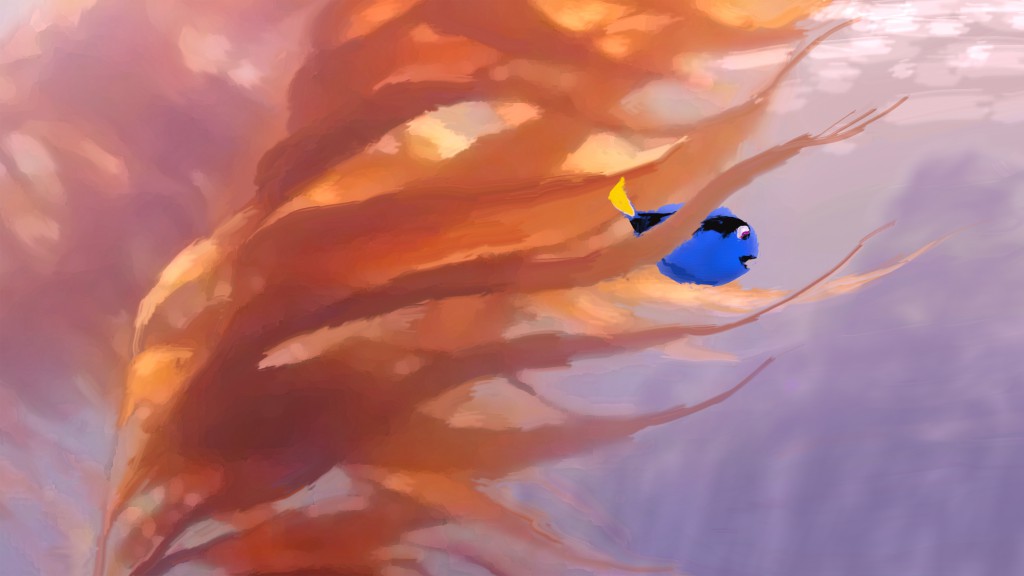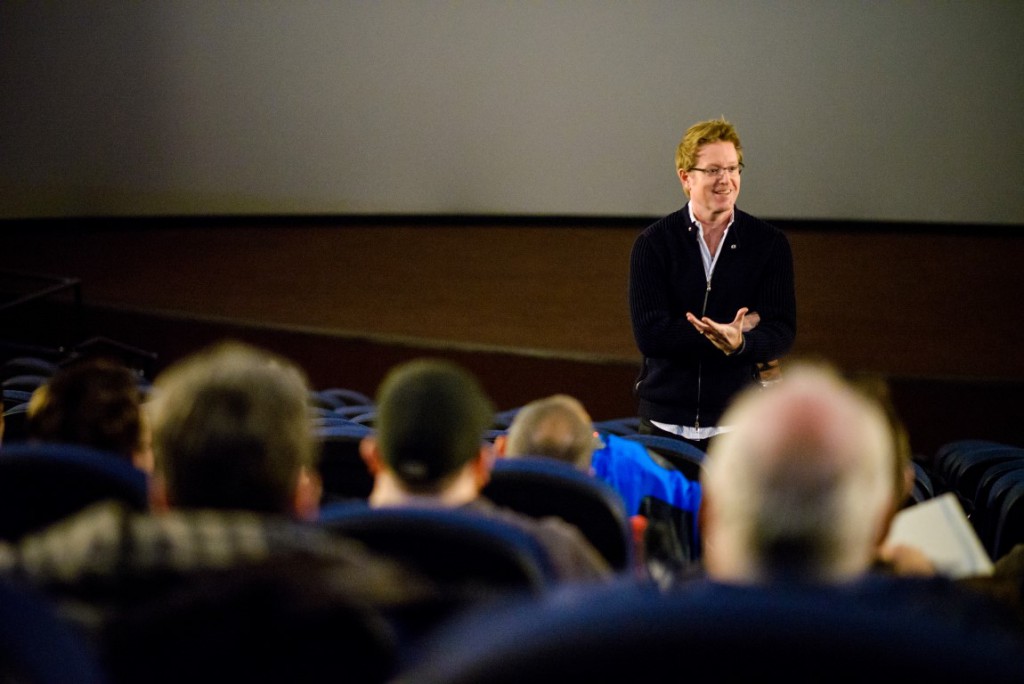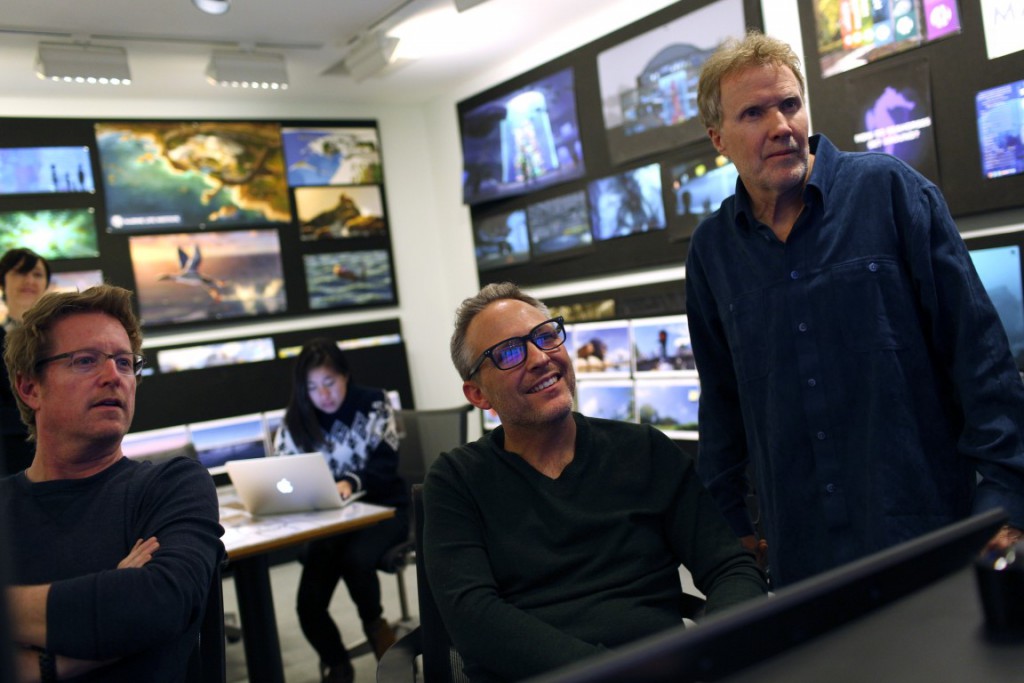Some films lend themselves well to sequels while others simply do not. For example, while we are always waiting eagerly for the next chapter in the Star Wars saga, I’m not sure many are holding their breath for Up 2. Sometimes things are just wrapped up perfectly. That is why we were surprised when Pixar announced a sequel to Finding Nemo. After all, they accomplished their goal — they found Nemo — but Pixar always has a way of surprising us.
I recently had the honor to spend some time with the artists and the craftsman behind Finding Dory and one thing became very clear: this is not a sequel. Even if it may be marketed as such, it is actually a spinoff. The main character in this picture is Dory — this is her story. While Nemo and Marlin may play a part, the film inverted the character structure. The sidekick became the lead and the leads became sidekicks. But the differences between the two films are not limited to having a different protagonist. Everything about Finding Dory has been built from the ground up. The teams on the film redeveloped the technology and the visuals so that the film would be its own thing while still inhabiting the familiar world of Finding Nemo.
The root of Finding Dory comes from writer/director Andrew Stanton’s love of the character. At first, he thought that the Finding Nemo story was a closed loop and that everything he had to say was in the film, which he still thinks is true when focused on Marlin and Nemo. But he kept wondering what happens to Dory. He admits that, at her heart, she is a tragic character and Stanton wanted to give her a resolution to her story. He felt that he owed it to Dory to tell her story.
For a while, Andrew Stanton had Dory’s story bouncing around his head in secret as he tried to think about what this film would be. He then elicited help from Bob Peterson, a Pixar story artist and the voice of Mr. Ray, to help him flesh out his ideas. As it turns out, Stanton had a leg up in development as he knew Dory’s backstory all along. While her life before bumping into Marlin is never explored in the original film, Andrew crafted one for her when he was developing Finding Nemo.
One of the biggest challenges of bringing Finding Dory to the screen is her short-term memory loss. How do you keep that core part of the character without making it annoying to the audience? The filmmakers admitted this was an issue and would not recommend anyone make a film where the protagonist has this particular disability. That being said, they found ways of keeping the character true to herself while keeping the story moving forward.
Key to solving this problem is understanding Dory’s challenges. She forgets events, facts, and even what she is in the middle of talking about, but she never loses her emotional memory. She never forgets how she feels. Whether it is the happiness that being with Marlin and Nemo brings her or the sadness of being away from her family, her feelings continue to develop. Think of Finding Nemo; her friendship with Marlin becomes incredibly strong over the course of the picture, even though she may not remember why. This allows her to go through an emotional journey while not remember the steps she has taken.
As with any Pixar film, crafting it was a journey in its own way. Everyone behind the film was quick to point out that despite having Finding Nemo as a starting point, Finding Dory still took about four years to develop. There was research to be done, story issues that needed to be worked through, and technical tools that had to be created to bring Finding Dory to life. Over the next few months, we will take a deeper dive (pun intended) on the process of making Finding Dory with the hopes that it will help showcase the talents of some of the talented individuals that helped craft the film.



